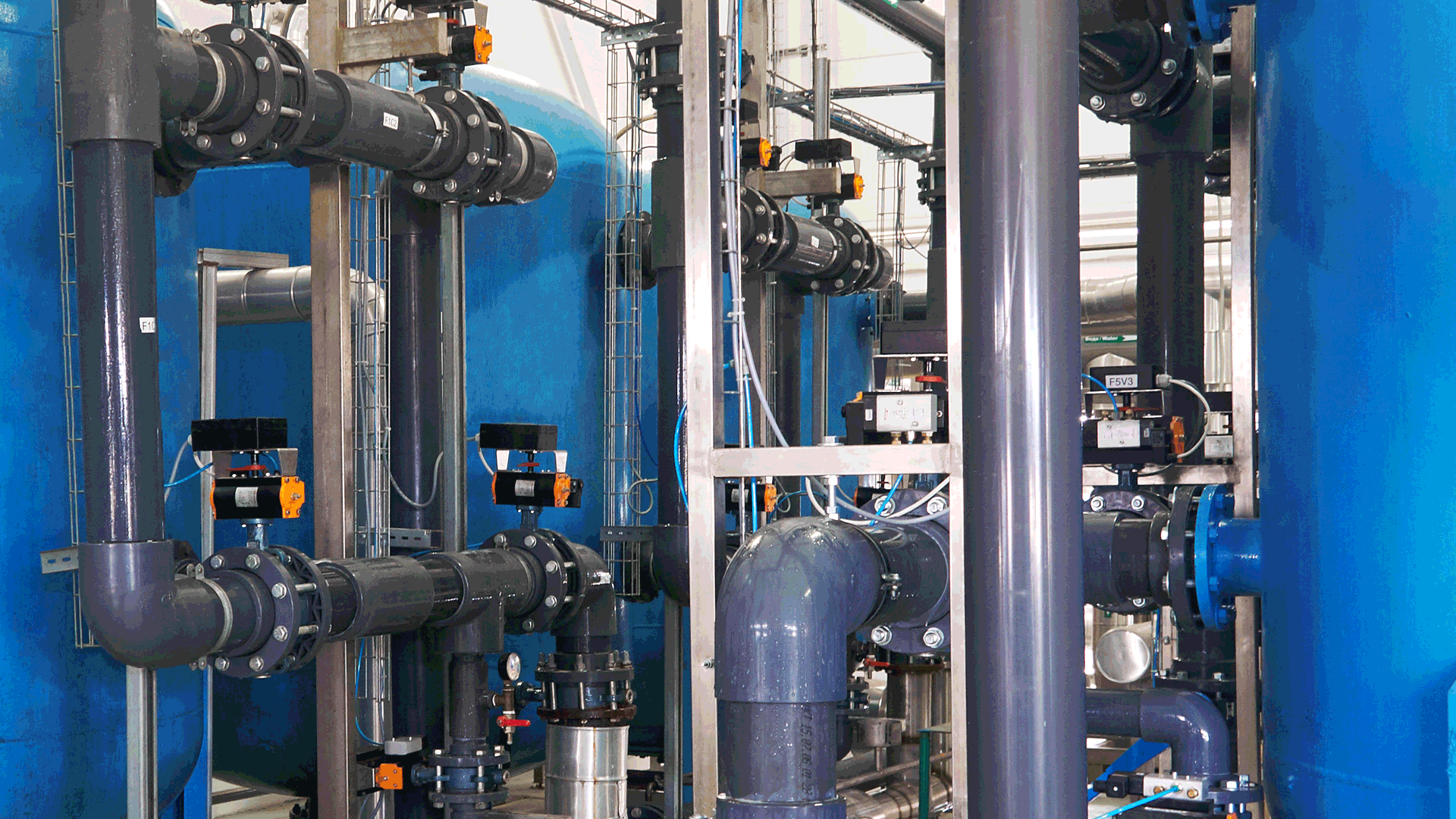Check valves are essential components in various fluid systems, ensuring the flow of liquids or gases in one direction while preventing backflow in the opposite direction. They come in a variety of designs, each suited to specific applications and operating conditions. In this guide, we’ll explore the different types of check valves, their unique features, and the applications where they excel.
If you’re looking for more information on how to choose the right sanitary check valve for your application, we have more information on our blog post, “How to Select the Best Sanitary Check Valve”.
- Swing Check Valves: Swing check valves feature a hinged disc that swings open to allow flow in one direction and closes to prevent backflow. They are commonly used in applications with horizontal pipelines and moderate flow rates. Their simple design makes them cost-effective and suitable for a wide range of industries, including water supply, wastewater treatment, and HVAC systems.
- Ball Check Valves: Ball check valves utilize a spherical ball or floating disc to control flow. When the flow stops or reverses, the ball or disc is forced into the seat, creating a seal that prevents backflow. Ball check valves are ideal for applications requiring quick response times and minimal pressure loss, such as air compressors, pneumatic systems, and fuel lines.
- Diaphragm Check Valves: Diaphragm check valves use a flexible diaphragm or membrane to regulate flow. When forward flow occurs, the diaphragm flexes away from the seat, allowing passage. In reverse flow, the diaphragm seals against the seat to prevent backflow. They are commonly used in applications requiring a tight seal, such as chemical processing, the food and beverage industry, or the pharmaceutical industry.
- Lift Check Valves: Lift check valves feature a disc or piston that lifts away from the seat when there is forward flow, allowing fluid to pass through. When flow stops or reverses, gravity or a spring mechanism causes the disc or piston to close, preventing backflow. Lift check valves are suitable for high-pressure applications and systems with vertical piping orientations, such as steam boilers, power plants, and oil refineries.
- Wafer Check Valves: Wafer check valves are designed to fit between two flanges, allowing for easy installation in tight spaces. They feature a disc that pivots on a hinge or swings freely, depending on the design, to regulate flow direction. Wafer check valves are commonly used in HVAC systems, water treatment plants, and irrigation systems where space is limited, and flow control is required.
- In-line Check Valves: In-line check valves are compact valves designed for installation directly within a pipeline. They come in various designs, including spring-loaded, spring-assisted, and gravity-operated, depending on the application requirements. In-line check valves are versatile and find applications in a wide range of industries, including plumbing, irrigation, and industrial processes.
- Tilting Disc Check Valves: Tilting disc check valves utilize a disc that tilts away from the seat to allow forward flow and returns to the closed position to prevent backflow. They offer low-pressure drop and are suitable for applications with high flow velocities, such as water distribution systems, sewage treatment plants, and firefighting systems.
Each type of check valve has its advantages and is best suited to specific applications and operating conditions. Understanding the differences between these types of valves is essential for selecting the most suitable option for your system. Whether you need a simple swing check valve for basic flow control or a specialized diaphragm check valve for precise sealing, there’s a check valve to meet your needs. Sanitary Fittings is happy to offer an assortment of check valves and replacement parts.

